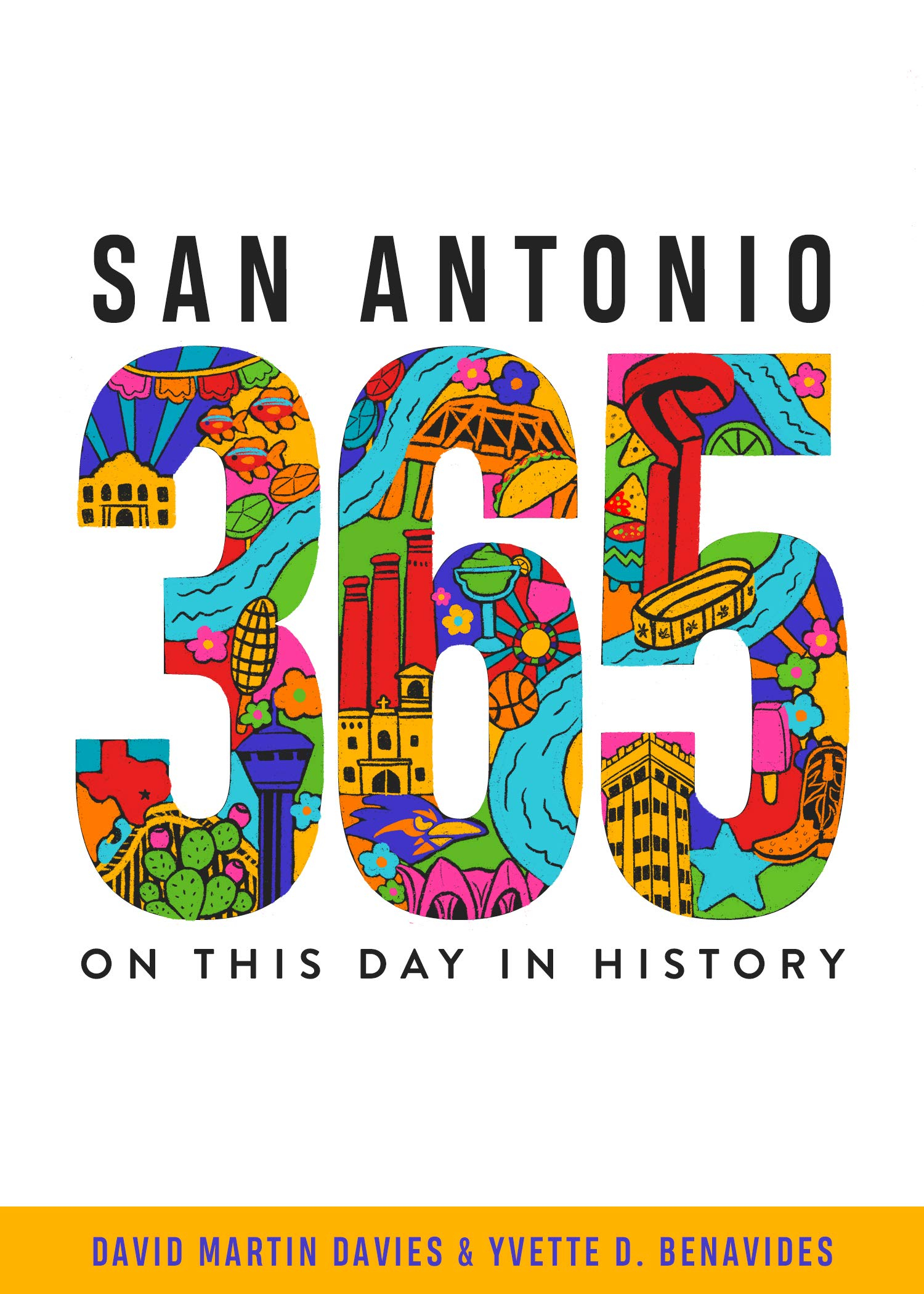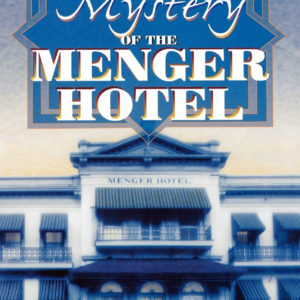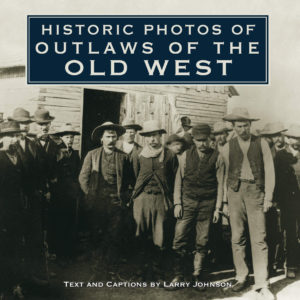San Antonio 365: On This Day in History
Editorial Reviews
About the Author
David Martin Davies is a veteran journalist with more than thirty years’ experience covering Texas, the border, and Mexico. He hosts Texas Public Radio’s The Source and Texas Matters. His reporting has been featured on National Public Radio, American Public Media’s Marketplace, and the BBC, and he has written for the San Antonio Express-News, the Texas Observer, and other publications. In 2019 Davies was honored with a National Edward R. Murrow Award and a First Amendment Award by the Fort Worth Chapter of the Society of Professional Journalists.
Yvette D. Benavides is a professor of creative writing at Our Lady of the Lake University and a commentator on Texas Public Radio. She contributes book reviews to the San Antonio Express-News, and she is the editor of Trinity University Press’s series EQ: Creative Nonfiction on Social Equity.
Excerpt. © Reprinted by permission. All rights reserved.
Introduction As San Antonio Mayor Charles Kennon Quin stepped out of what was then known as the “Negro Municipal Auditorium,” he was confronted by newspaper photographers. Holding his hat in front of his face, C. K. Quin instructed his bodyguards to stop those shutters from snapping. It was June 17, 1937 and the dapper Quin was exiting the funeral of the man called the “Black Boss of San Antonio,” Charlie Bellinger. A throng of newspaper reporters and photographers had gathered at Hackberry and Center Streets and the image conscious Quin knew his presence there that day looked shady. A police sergeant ordered an officer to tag a Light newspaper photographer, saying, “If he tries to take to take a picture stand in front of him and if he clicks a shutter, take him down.” Despite the threats of physical harm and a trip to jail, another photographer climbed a picket fence across the street from the scene and was framing his shot when a police officer grabbed his pants and yanked him to the ground. Quin wasn’t the only notable local politician who attended the funeral service. Chief of Police Owen Kilday Sheriff Will W. Wood, and leaders of the San Antonio School Board were there. They couldn’t afford to alienate one of the most powerful voting blocs in San Antonio by not paying their respects to Bellinger. The death of Bellinger was a political problem for Quin. The two were unlikely partners that controlled San Antonio. Bellinger was a professional gambler, racketeer, bootlegger and businessman. He ruled the city’s east side African American community and was given sway by the city’s white power structure because Bellinger was able to deliver the Black vote. Quin was an associate of the Ku Klux Klan and ran a disciplined political machine that kept him and his allies in power. It was reported that Quin used the San Antonio city health department office to run prostitution rings, illict liquor sales, gambling operations and rigged elections. While enriching himself, Bellinger used his power to bring improvements to San Antonio’s African American community with better schools and paved streets, all assistance that was noted during the funeral service. The Reverend G. A. Deslandes told the crowd of over 3,000 that one-time Bellinger refused the city machine his support until the streets were paved at all thirteen African American churches. Bellinger also made sure that there were good jobs available to African Americans in the city and county governments. He also protected the local Black community from the harsher elements of Jim Crow. This deed didn’t go unnoticed by the San Antonio Ku Klux Klan, which on November 11, 1935 set fire to a cross at Bellinger’s home at 518 South New Braunfels. Bellinger seemed unfazed by the threatening gesture. “Well, do you think the Ku Klux Klan is after me?” he calmly asked a newspaper reporter. But what the KKK couldn’t accomplish, the U.S. government managed. On January 28, 1936 he was arrested at his office for evasion of paying income tax. He pleaded guilty and was sentenced to eighteen months in Leavenworth penitentiary. Quin turned to President Franklin Roosevelt with a secret request for a pardon, but instead FDR commuted Bellinger’s sentence. However, the nine months he spent in prison wrecked the health of sixty-two-year-old Bellinger. Less than a year after he was released from Leavenworth Bellinger was dead. Although African Americans made up approximately eight percent of the city’s population in the 1930’s Bellinger was able to provide 5,000 to 8,000 votes to the Quin machine, which could be about twenty-five percent of all the votes cast in a given local election. Black votes were given all the more weight due to the lack of voter participation from the San Antonio Mexican American community which represented forty percent of the population but were kept away from the polls by intimidation and outright violence. Mayor Quin may have wondered which attending the funeral of his political partner what the future held for him and San Antonio. San Antonio 365 tells a San Antonio’s history in day-to-day episodes in a “today in history” style. This breakdown of the Alamo City story also seeks to weave together nonlinear narratives that capture the character and vibe of the city that is rarely expressed. This was a city steeped in corruption, vice and shenanigans. There were heroes and villains and those roles were fluid. On each day of the calendar, there is a vignette that is snipped from the larger record of events. These snapshots also build into a comprehensive narrative that charts how San Antonio became the city that it is today. Many of these stories are well known but many others have been plucked from the mists of almost forgotten history. In these 365 days there are characters who make multiple appearances. In the early to mid-twentieth century Fontaine Maury Maverick, Charles Kennon Quin, Owen Kilday, Charles Bellinger and Emma Tenayuca were colorful individuals who dominated San Antonio during an age when the city was run by gangsters, corrupt police, crooked politicians, gamblers and bootleggers. But other recurring characters are some of the institutions and issues that serve the city today, including the San Antonio Public Library, the city’s charter, the public utilities, public health and the local infrastructure. How did the city become what it is today? It was shaped in daily struggles to achieve a municipal system that serves the greater good. Journalism is the first draft of history. As a journalist I look at the history of the city through the ways in which it was presented as news. We also include monthly reflections written by Yvette Benavides who ruminates on the struggle and strife of the many characters in the wide-ranging panoply of the story of San Antonio. Common themes emerge, resonant and as real today as they have been for three hundred years. A vast majority of the sourcing of these stories comes from San Antonio’s newspapers, the Express and the Light. The problem with newspapers of past eras is the absence of inclusion of the vulnerable populations that make up the city. The poor and communities of color were rarely given ink, unless they were presented as problems of society and perpetrators of crime. These newspapers were products of their age and this was an age of racism, Jim Crow and institutional oppression. As the struggle continues to move to a more fair and equitable age, there is a benefit to remember that bigotry and narrow mindedness were part of San Antonio. History is also teaching us that day-by-day we are doing better. David Martin Davies
SKU: 1595349162
Categories: History, San Antonio





